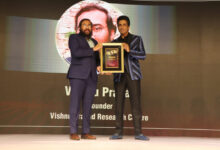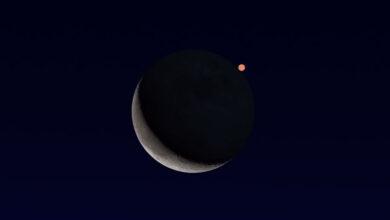GIS-based mapping of microbial diversity of river Ganga

New Delhi: Council of Scientific & Industrial Research (CSIR)’s Nagpur based constituent laboratory National Environmental Engineering Research Institute (NEERI), has conducted Geographic Information System (GIS) mapping of Microbial Diversity of river Ganga. The study will reveal the identity of microbes that inhabit the river that help maintain the health of river as well as those that are now inhabitants that have been added due to anthropogenic activities, researchers said.
The project of mapping the entire stretch of Ganga is funded by the National Mission for Clean Ganga (NMCG), and is done by a selected team along with four other institutes, which includes Motilal Nehru National Institute of Technology (MNNIT), Allahabad, Charotar University of Science and Technology, Anand, PhiXgen Pvt Ltd, Haryana and Xcelris Labs Ltd, Ahmedabad.
“Mapping the microbial biodiversity of the Ganga river system is being done using high throughput metagenome sequencing analysis and will create the first ever baseline for the entire river, from the origin at Devprayag and right up to Diamond Harbour where it meets the sea”, said Dr. Atya Kapley, Head, Director’s Research Cell (DRC) and Senior Principal Scientist, CSIR-NEERI.
The main objective of the mapping of river Ganga is to create a database which will be available for everyone on GIS and CSIR-NEERI websites. The data is open for all and can be used by government, researchers, experts and students for their work or research, as reported by CSIR website.
The research team checked BOD, COD, pH, DO, Heavy Metals parameters for water quality check. “It is the first step towards the clean Ganga mission and we have collected 189 samples from different places to complete the first stage,” said Dr Kaple.
“There are a number of reports of microbial diversity in pockets of the Ganges, like say Haridwar region, Varanasi , Devprayag etc. but to date there is no report of the entire map from origin to the end,” she added.
Dr Atya Kapley was the project co-ordinator while Dr Rita Dhodapkar, Dr Abhay Bajaj, Dr Nishant Dafale, Dr Asiha Qureshi, Dr G S Kanade, Dr Lakshmikanthan, Dr P R Meganathan, Dr Shivesh Sharma, Dr Datta Madamwar, Dr Rup Lal and Dr Toral Manavar were the members of the team. (India Science Wire)








